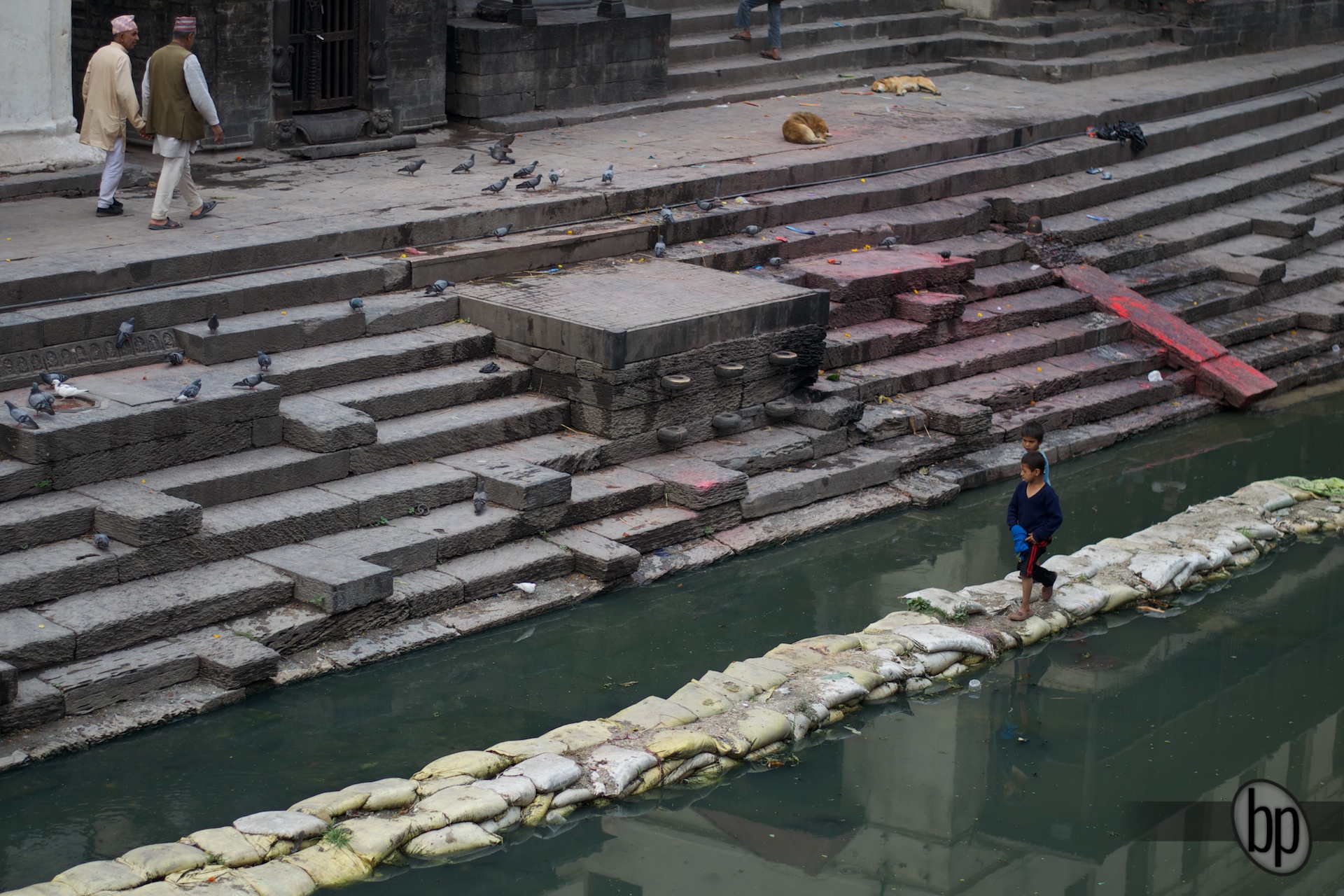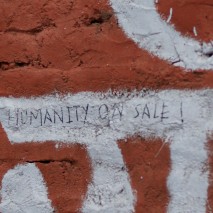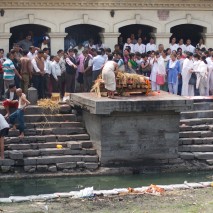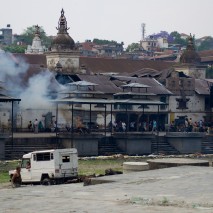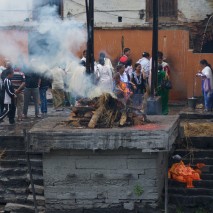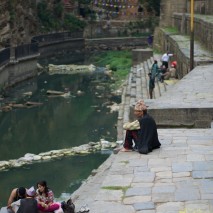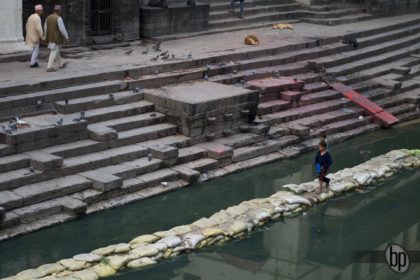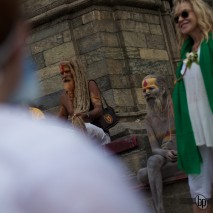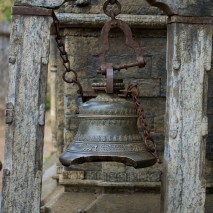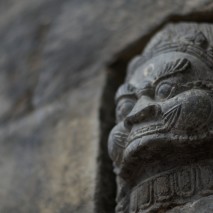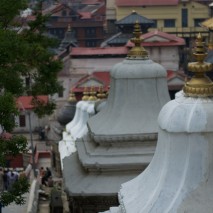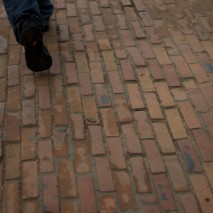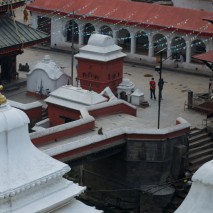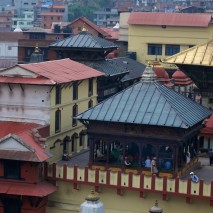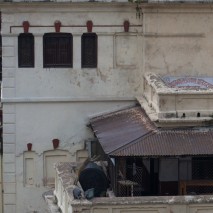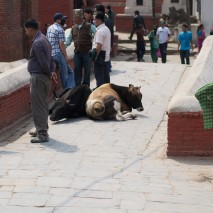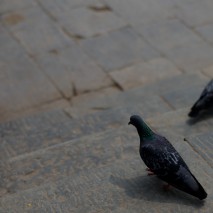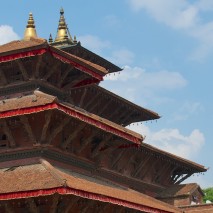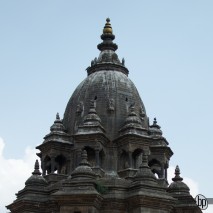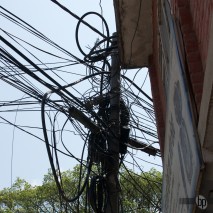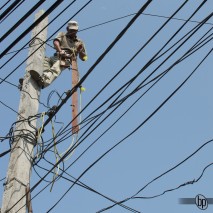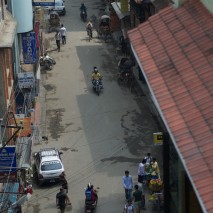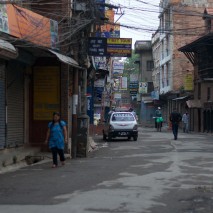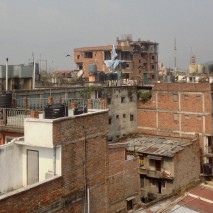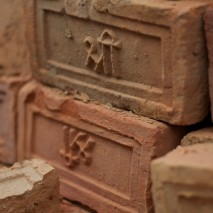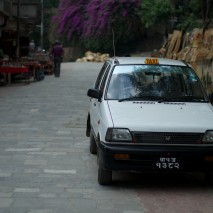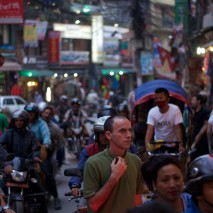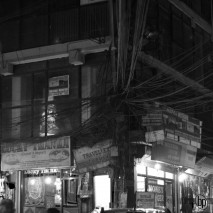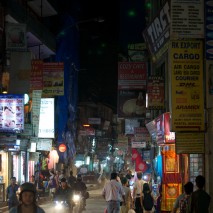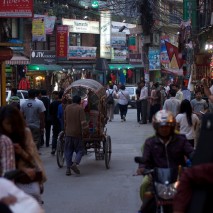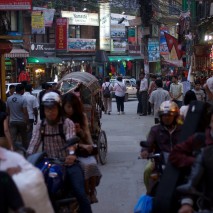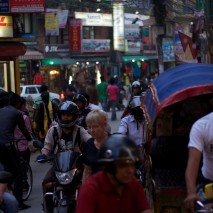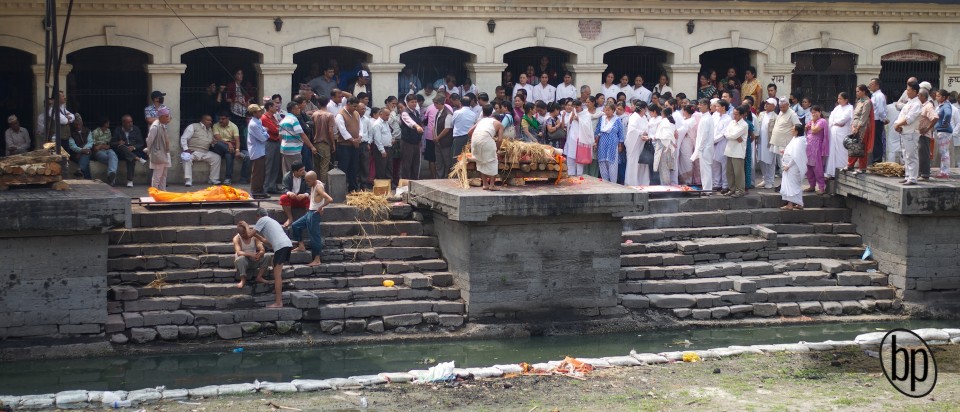
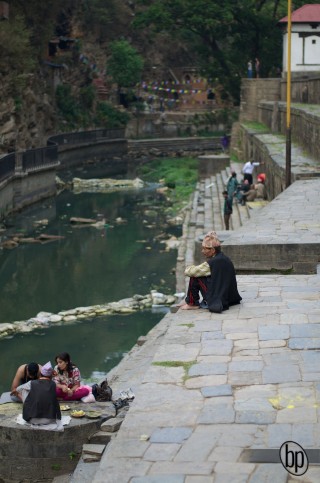
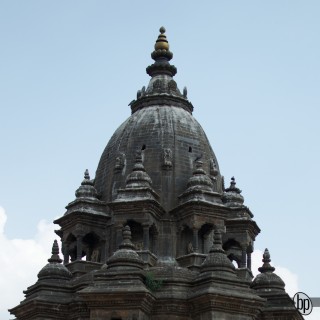
Religion
You can’t visit Nepal without some realization of either the Hindu or Buddhist religion and their unique culture. With the population being predominately Hindu, marks of the eastern religion are all about. Prayer flags, temples and sacred cows are intermixed with stores, schools and homes. The holy temple of Pashupatinath is among the holiest of Hindu temples, known for it’s age and location along the Bagmati river, attributed with divine powers. The temple is widely used for ceremonies surrounding death and reincarnation. People nearing their deathbed spend their last days in or near the temple with the belief that if you stick your feet into the river waters at the point of physical death, you would receive a better chance in the afterlife. The bodies of the dead are then cremated in large open ceremonies, their ashes pushed into the river and used by the priests in the temple for various rituals, including the covering of their body. Their are two sections to the temple, one for use by the higher casts and the other for the lower casts. There is a significant difference between the areas
When walking into the temple, now declared a UN World Heritage Site, the first thing a person will typically witness (after you pay to enter) is the open cremation ceremonies. Although, your first real encounter with it is the smell, rather than visual. The river, while sounding grand in description according to Hindu belief, it just a steam by most people’s standard, polluted not only by the human ash that is poured into the river, but also general trash and upstream sewage. Still, people go into the water to bathe and to brush their teeth. The temple is also home to many small buildings, all housing alters to their 30+ million gods. Many street vendors line the paths and roads, selling trinkets and idols.
Click on the thumbnails to see the full size versions.
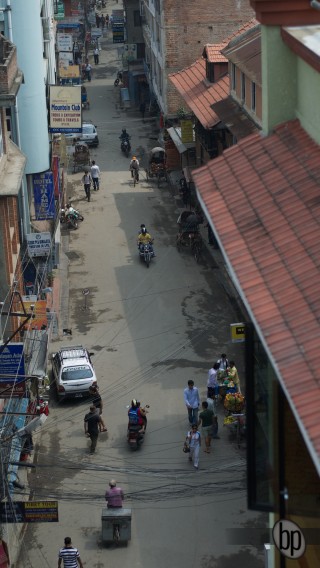
Urban Growth
Nepal is, in general, growing and going through some pains that come along with it. No where is this more evident than in Kathmandu. The city is literally ancient, never really designed for for a modern grid. Power lines are run in clumps, looking more like a rats nest than a power grid. Power often fluctuates, leaving residents to live with backup generators, or for most, no electricity. Municipal services are rare, trash has no place to go than on the streets. It is very rare to even see an open trash receptacle.
While the street grid is fairly well developed, the sheer amount of traffic is staggering. The flow never moved exceptionally fast, even on the larger, more open roads. The general rule of thumb is that the larger vehicle has the right of way, and pedestrians never do. They have a narrow subset of vehicles, mostly due to extremely high taxes on vehicles. Vans, taxis and motorcycles are the primary forms of transportation. The traffic is also noisy, the car horn being a more prevalent communication method than turn signals.
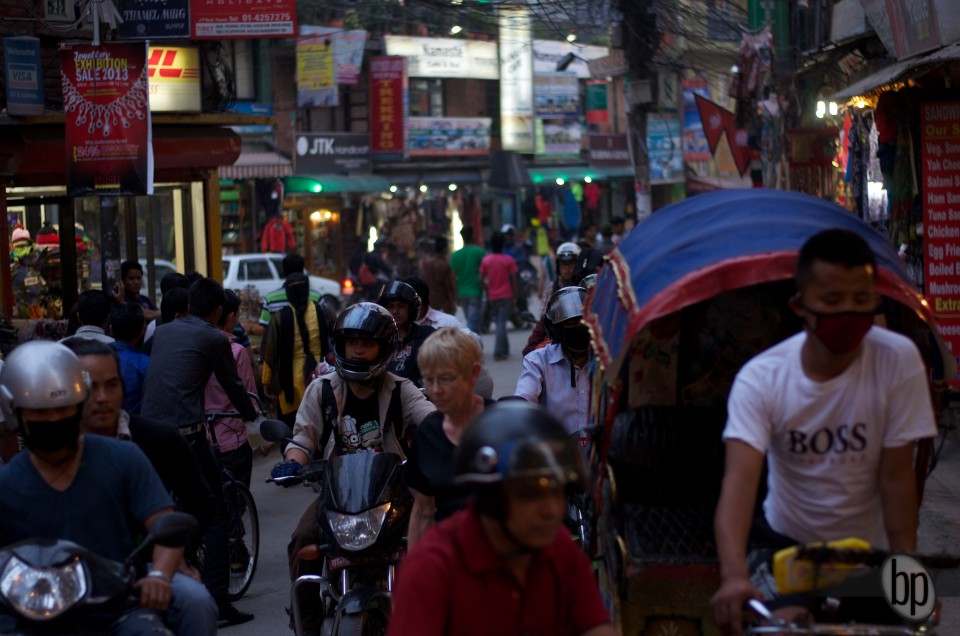
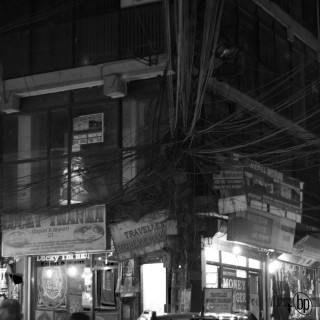
Night Life
Kathmandu, and especially the neighborhood of Thamel has a thriving night life. Most of the vendors stay out late to cater to the tourists staying in the areas. Most of the shops have English signs and most of the people speak English well enough to have a conversation. The dark side of the night life comes with the night clubs, massage parlors and brothels that open up to bring in the mostly male tourist demographic. They mark their “businesses” with the brightest most colorful lights on the street. Kathmandu has, in recent years, been making a name for itself as having an issue with human trafficking, namely for sex workers in this district. All is not sad or hopeless though, there are some who are trying to rescue these women from bondage, some covertly and others more plainly.

